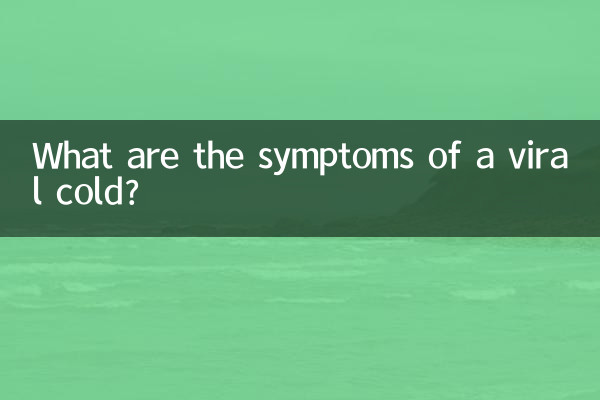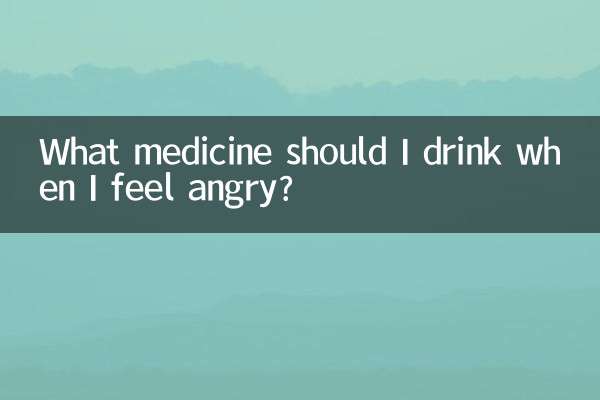What are the symptoms of a viral cold?
Recently, with the seasonal changes and the spread of influenza viruses, the symptoms and prevention of viral colds have become a hot topic on the Internet. This article will combine popular discussions in the past 10 days to provide you with a detailed analysis of the typical symptoms, transmission routes and preventive measures of viral colds, and provide structured data for reference.
1. Typical symptoms of viral colds

Viral colds (also known as common colds) are usually caused by rhinovirus, coronavirus, etc., and have mild symptoms but are highly contagious. Here is a summary of common symptoms:
| Symptoms | frequency of occurrence | duration |
|---|---|---|
| Congestion or runny nose | More than 90% | 3-7 days |
| sore throat | 70%-80% | 2-5 days |
| cough | 60%-70% | 1-2 weeks |
| sneeze | 50%-60% | 3-5 days |
| Low-grade fever (≤38°C) | 30%-40% | 1-3 days |
| headache or fatigue | 20%-30% | 2-4 days |
2. The difference between viral colds and influenza
Many netizens confuse viral colds and flu. Here are the key differences between the two:
| Comparative item | Virus cold | influenza |
|---|---|---|
| Pathogen | Rhinovirus, coronavirus, etc. | Influenza virus (type A, B) |
| Fever level | Low fever or no | High fever (above 38°C) |
| onset of symptoms | Graduality | Sudden |
| systemic symptoms | lighter | Muscle soreness and obvious chills |
3. Recent hot topics
According to the search data of the entire network in the past 10 days, the following topics are highly discussed:
1.Are the "Two Yang" symptoms alleviated?——Some netizens reported that the symptoms after the second infection were milder than the first time.
2.Peak period for colds in children——There are clusters of cases in schools in many places, and the number of pediatric outpatient clinics has increased.
3.Can vitamin C prevent colds?——Experts point out that its role is limited, and a balanced diet is more critical.
4. Prevention and care suggestions
1.Daily prevention:Wash your hands frequently, wear a mask, and maintain indoor ventilation.
2.Post-infection care:Get plenty of rest, replenish fluids, and take antipyretic and analgesics if necessary.
3.Medical tips:If you have a high fever for more than 3 days or have difficulty breathing, you need to seek medical attention promptly.
5. Summary
Although viral colds are common, it is important to correctly identify symptoms and differentiate between influenza. In the near future, attention needs to be paid to the protection of children and the elderly to avoid cross-infection. If symptoms continue to worsen, it is recommended to seek medical examination as soon as possible.
(Note: The data in this article are synthesized from authoritative medical platforms and social media discussion hot spots in the past 10 days, and are for reference only.)

check the details

check the details